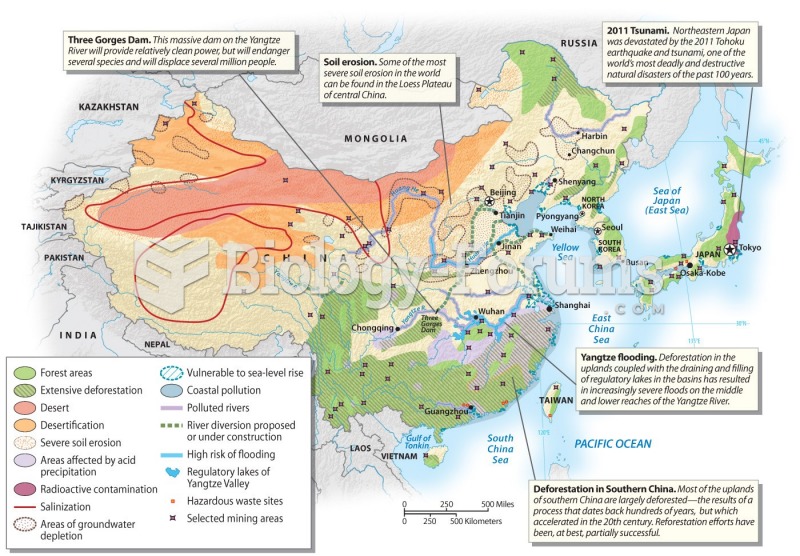Answer to Question 1
Answer: Inner-city residents are frequently referred to as a permanent underclass because they are trapped in an unending cycle of hardships. including inadequate job skills and a context of poverty, crime, and poor housing.
Inadequate Job Skills. Inner-city residents are increasingly unable to compete for jobs. They lack technical skills needed for most jobs because fewer than half complete high school.
Culture of Poverty: Unwed mothers give birth to two-thirds of the babies in U.S. inner-city neighborhoods, and 80 percent of children in the inner city live with only one parent. Because of inadequate child-care services, single mothers may be forced to choose between working to generate income and staying at home to take care of the children.
Crime: Trapped in a hopeless environment, some inner-city residents turn to drugs. Although drug use is a problem in suburbs as well, rates of use have increased most rapidly in inner cities. Some drug users obtain money through criminal activities.
Homelessness: Several million people are homeless in the United States. Most people are homeless because they cannot afford housing and have no regular income. Homelessness may have been sparked by family problems or job loss.
Poverty: The concentration of low-income residents in inner-city neighborhoods of central cities has produced financial problems. These people require public services, but they can pay very little of the taxes to support the services. Central cities face a growing gap between the cost of needed services in inner city neighborhoods and the availability of funds to pay for them.
Deteriorated Housing. Inner-city housing is subdivided by absentee landlords into apartments for low-income families, a process known as filtering. Landlords stop maintaining houses when the rent they collect becomes less than the maintenance cost. In such a case, the building soon deteriorates and grows unfit for occupancy.
Answer to Question 2
Answer: When Europeans gained control of Latin America, they expanded existing cities to provide colonial services, such as administration, military command, and international trade, as well as housing for Europeans who settled in the colony. Existing native towns were either left to one side or demolished because they were totally at variance with European ideas. Colonial cities followed standardized plans. All Spanish cities in Latin America, for example, were built according to the Laws of the Indies, drafted in 1573. The laws explicitly outlined how colonial cities were to be constructeda gridiron street plan centered on a church and central plaza, walls around individual houses, and neighborhoods built around central, smaller plazas with parish churches or monasteries. Compared to precolonial cities, these European districts typically contained wider streets and public squares, larger houses surrounded by gardens, and much lower density.
Following independence, Latin American cities have grown in accordance with the sector and concentric zone models. An elite sector forms along a narrow spine that contains offices, shops, and amenities attractive to wealthy people, such as restaurants, theaters, and parks. In Mexico City, the ispinei is a 14-lane, tree-lined boulevard called the Paseo de la Reforma, designed by Emperor Maximilian in the 1860s. The wealthy built imposing palacios (palaces) along it.
Cities in Latin America have expanded rapidly as millions of people come in search of work. In Mexico City, most of Lake Texcoco was drained in 1903 to permit expansion of the city, including the airport. A large percentage of poor immigrants to urban areas in developing countries live in squatter settlements on the periphery, especially on hillsides. Squatter settlements lack such services as paved roads and sewers, because neither the city nor the residents can afford them. Electricity service may be stolen by running a wire from the nearest power line. The United Nations estimated that 1 billion people worldwide lived in squatter settlements in 2005.







